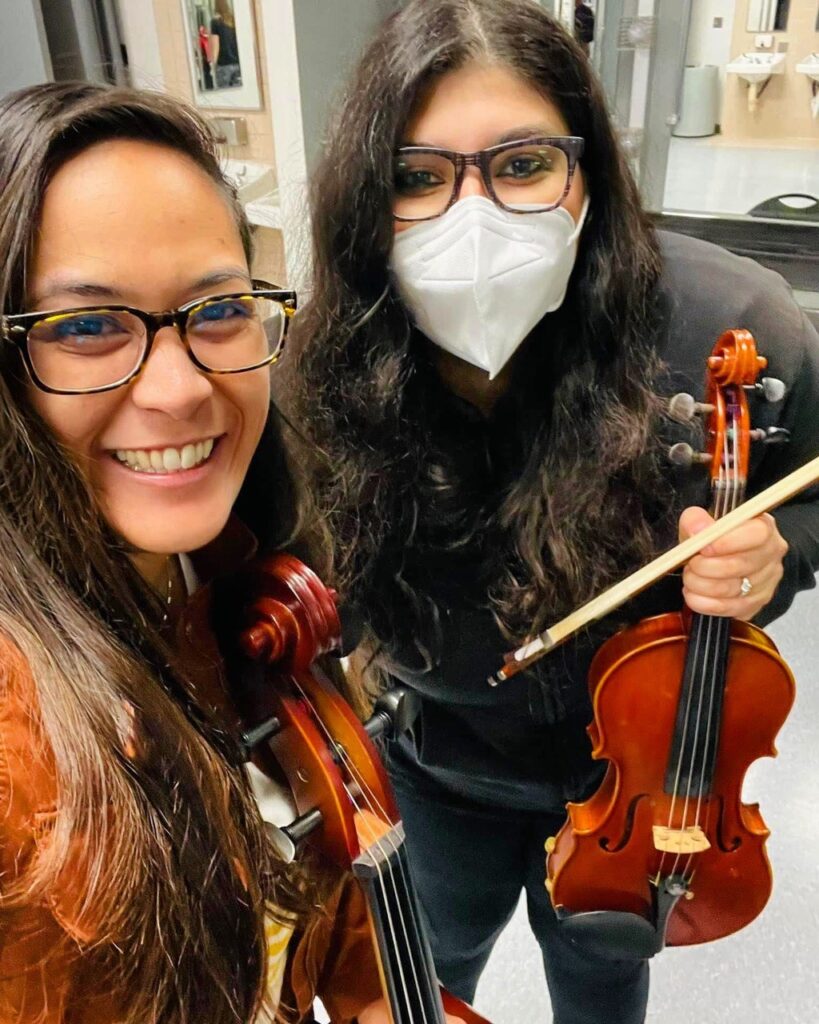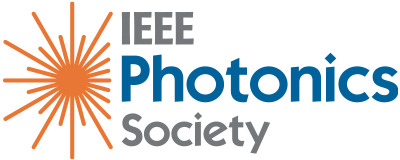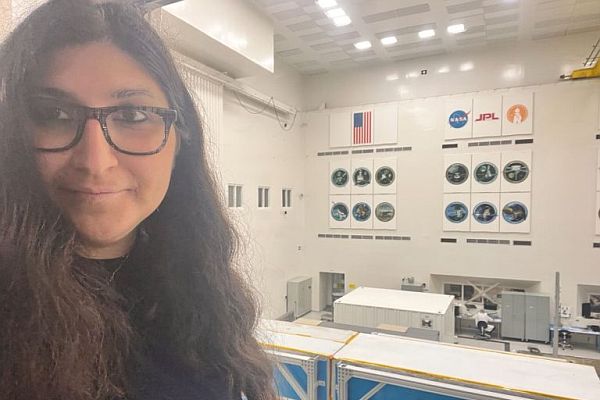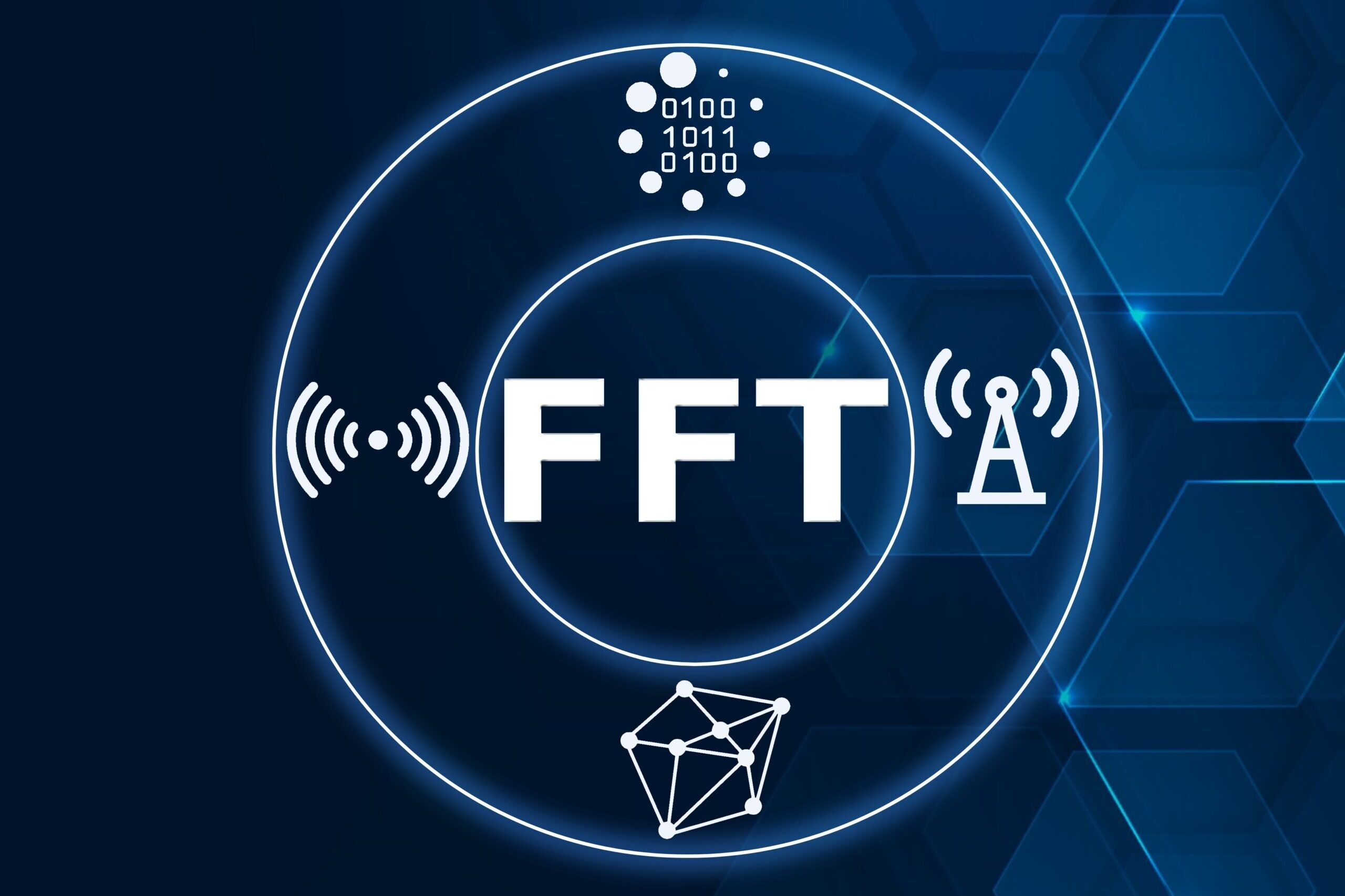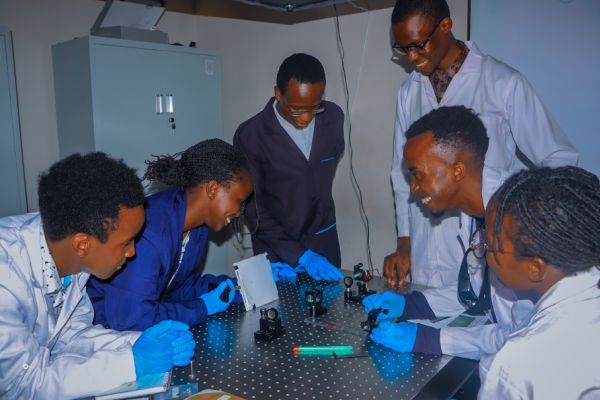What is Your Current Profession and Technical Area of Interest(s)?
Currently, I am a postdoctoral fellow at the NASA Jet Propulsion Laboratory. My research area focuses on integrated photonics, sensors and systems specifically navigated towards space. However, the amazing thing about my job is that it allows for a wide variety of topics to be explored, and this is why I really love working for an organization such as NASA because its mission is really above and beyond the imaginable.
What About the Society’s Mission and Work Motivates You to Volunteer?
The IEEE Women in Photonics is exactly what I wish I had when I was in my undergraduate program. The outreach and resources that it provides to all who need/seek it is in my opinion endless. My goal by joining as a volunteer is to give back to the Society and be that shining light to the people who really need it. In my own professional life, there have been times where I have felt a gap or needed the comfort to seek help, but what the IEEE Photonics Society is doing is enabling. It is removing communication and gender barriers and allowing global outreach amongst scientists, engineers, and young professionals to happen.
What Volunteer Leadership Role do you Hold Within the Society and What Are your Goals?
I am the IEEE Women in Photonics Task Force Chair, and my role is to encourage and support the next generation of women in photonics. Specifically, I communicate with our global representatives and learn more about their regional needs and how the Society can address them. Additionally, the Task Force has educational programs designed for STEM outreach and training resources. I personally love the Reignite program, for example, since it helps professionals with different stages in their lives to get back into the photonics profession and research.
What Was Your “Photonics Moment”? Why did you Decide to Pursue this Field?
I think it all happened very naturally for me. There was no “ah-ha” moment, but I always knew that I loved sciences and engineering. In my undergrad at St. Olaf College, I studied math and physics and I really felt that engineering was the perfect bridge between what I had learned and what practical things I wanted to achieve, for example being part of a mission with NASA or coming up with the next cutting-edge idea in technology. So before directly jumping to graduate school, I decided to work for a company called SageGlass, where I became a process engineer for a fancy class four laser system. There I gradually started liking the field, and to learn more, I went back to graduate school to get my PhD.
Mention one Thing That you Would Like to Change or Improve in the Photonics Community-at-Large.
This is not specific to the Photonics community but by and large all STEM fields suffer from gender biases that I personally have faced throughout my career- and if I could change one thing hopefully with the help of this society, would be to remove these differences between men and women per se in such technical fields.
Can you Name a Person Who has had a Tremendous Impact on you as a Leader? Maybe a Mentor or Personal Figure That has Impacted Your Life Greatly.
I was very privileged to have met Dr. Steve Pappert at UCSD during my time as a PhD student. From long technical discussions all the way to life experiences he has shared with me, I have felt a great support from him and a big push to go higher and higher academically and professionally. It is because of him and his endless support that I feel very positive holding a research position.
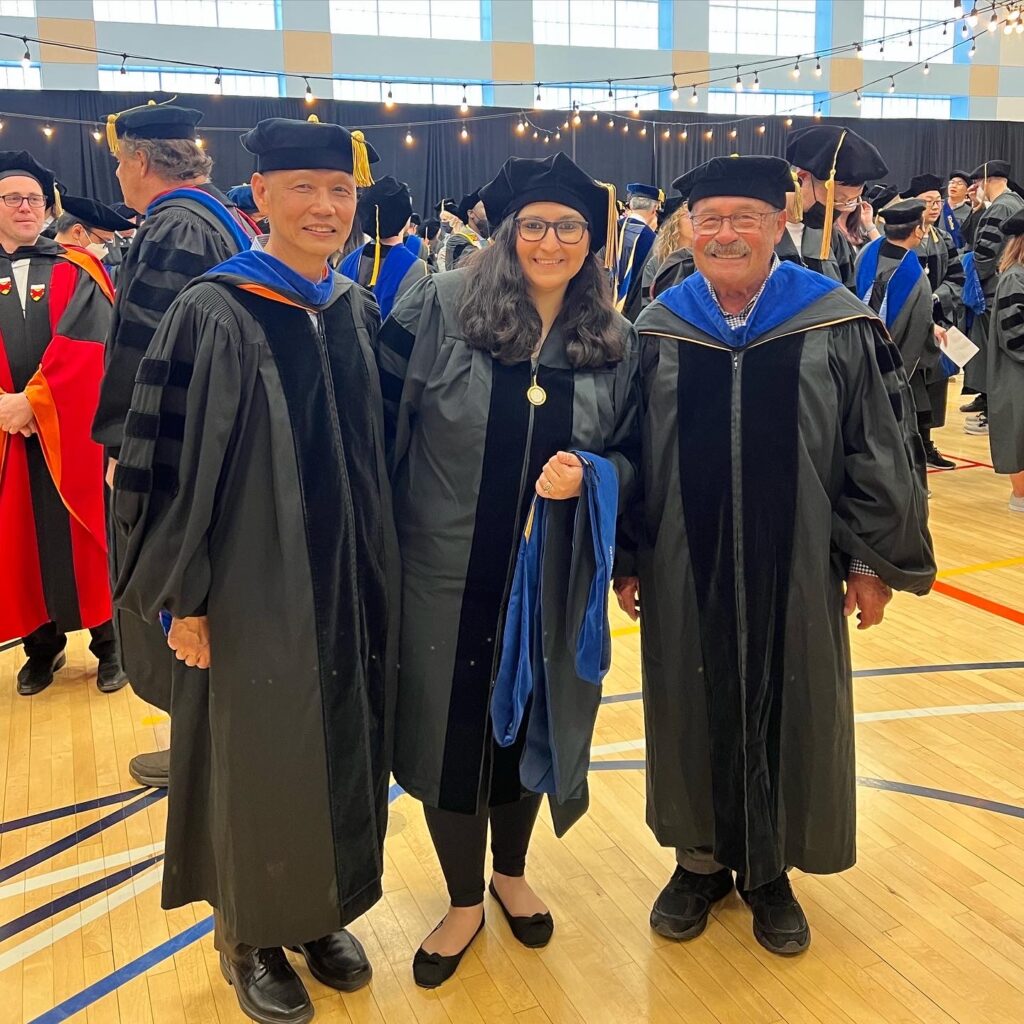
What do you Think the Photonics Community Could do to Better Connect Marginalized Members With Career Pathway Support and Mentorship Opportunities?
I think what the Society does in terms of monthly events whether that is a technical talk or a workshop is great, however the frequency can be increased and a wider audience can benefit if these events are organized more often and also targeted more specifically to the needs of our global reps. Additionally more funding can be allocated to be given to people who are in need to attend conferences and technical workshops- I personally have benefited from being funded by the IEEE Women in Photonics program to attend many events that I could not have otherwise.
What Advice do you Have for Students, Particularly Women, Transitioning From Student to Professional?
Never be afraid to reach out to people and ask for help, you’d be surprised by the outcome. Also, never see money as a limiting factor, if possible. There will come a time where you must choose between pursuing your dreams or money and there is nothing sweeter than going for what you have always dreamed of.
Why do you Think Incorrect Gender Stereotypes and Biases Still Remain in STEM?
And, What Steps do you Think Could be Made to Support Inclusion in the Workplace? Such stereotypes exist because I believe there is a power imbalance; many times, one would face a situation that if supposedly they spoke up against, that means losing their job or losing their student status. (Things are getting better but it is still a work in progress). This is also because: 1) culturally we are still on a learning curve; and 2) frankly speaking we don’t have as many female leaders in this field. So, we need a lot more volunteers and help for our Society to eventually create the shift.
Tell Us Something Fun About Yourself!
I have a bachelor’s degree in music performance, and I actively play the violin for professional symphony orchestras. I love cooking and baking along with my husband and family, going on walks along the beach, and I love watching quiz shows, and suspenseful movies!
